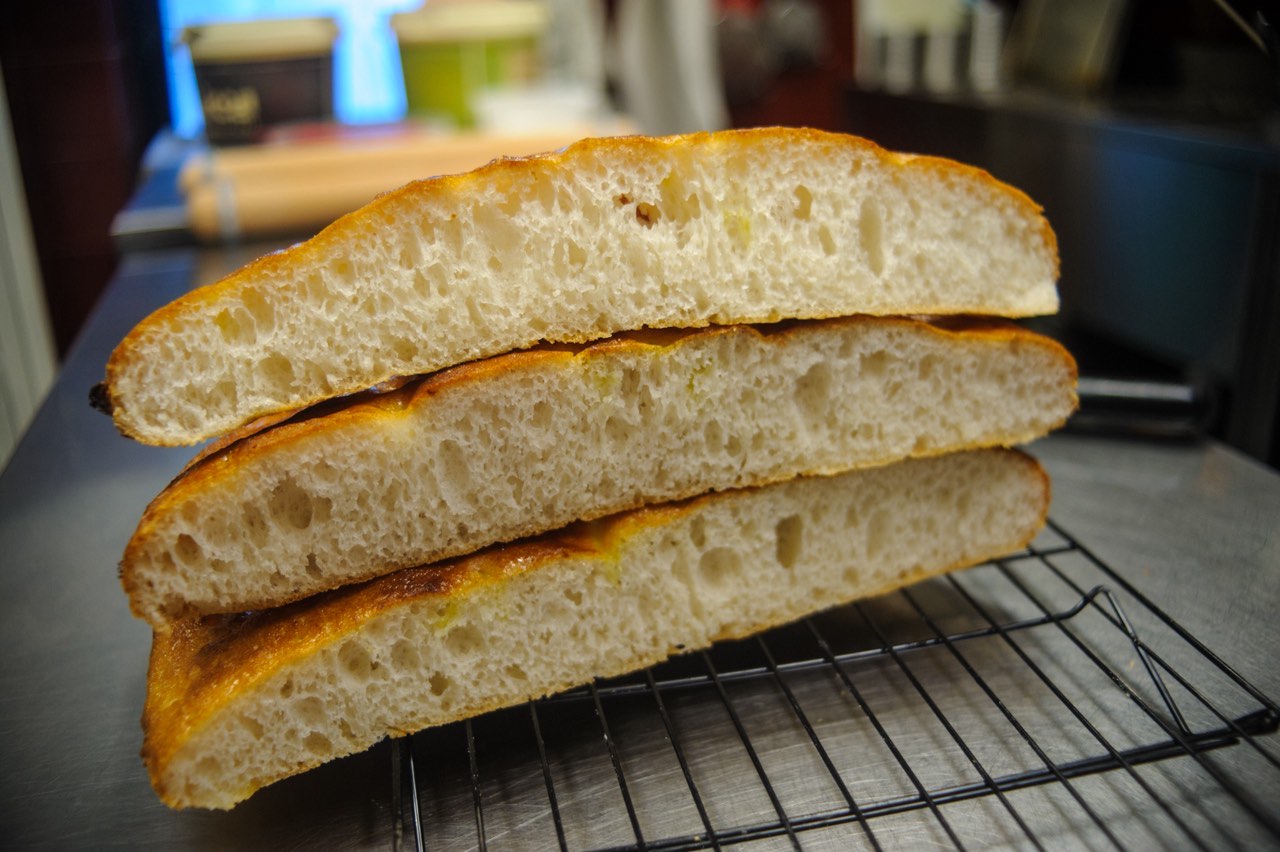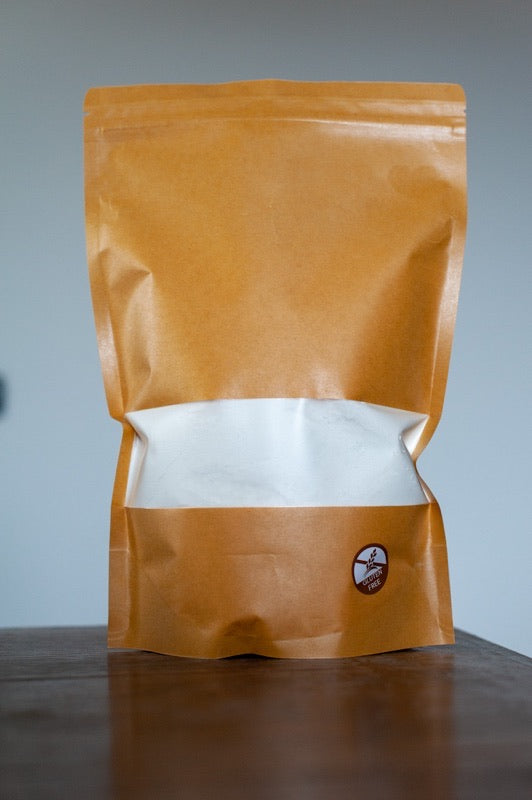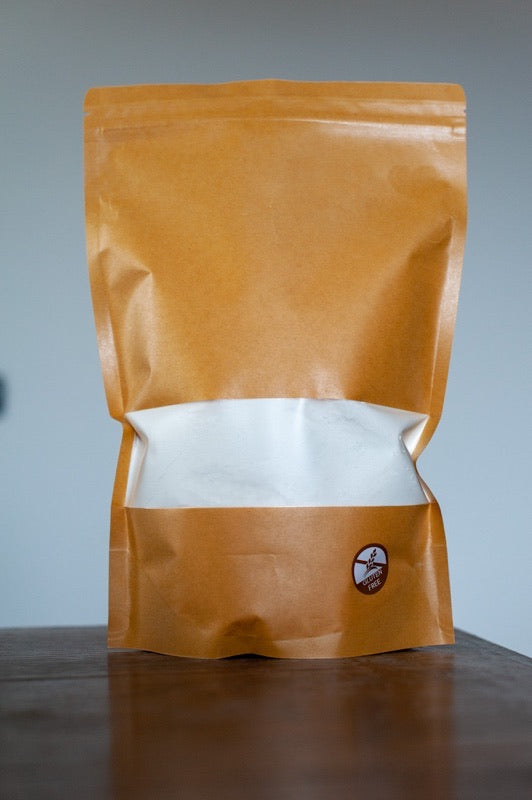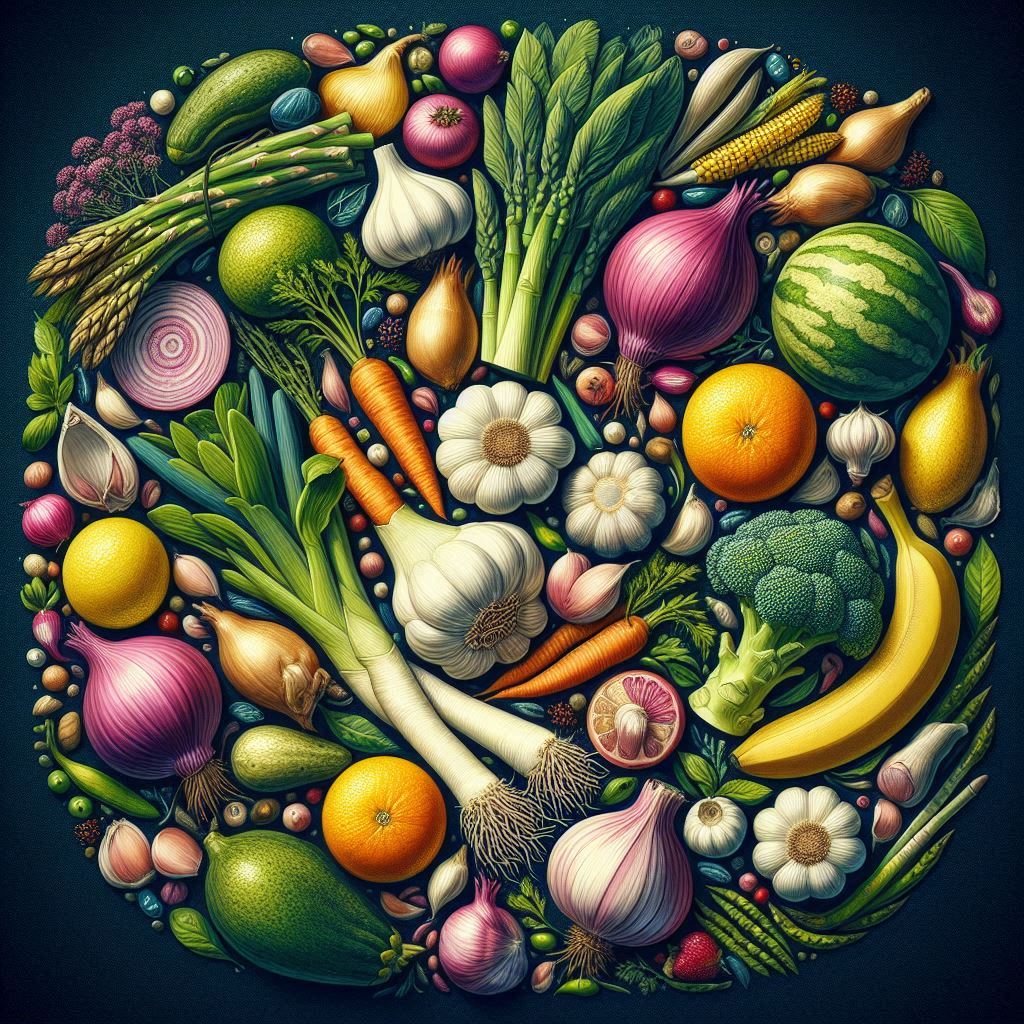DOUGH for FOCACCIA with long leavening
Ingredients for 1 Focaccia measuring 25x35cm
Solids:Liquids:
PREPARATION
Gather all the "Solids" into the mixer bowl and start it at low speed with the hook.
Pour in the "Liquids" and continue to work for about ten minutes, switching to medium-high speed and cleaning, from time to time and with the machine stopped, the sides of the bowl, using a spatula and bringing the mixture back to the centre.
Transfer the dough thus obtained into a bowl lightly greased with oil - or leave it in the mixer bowl if it is not needed for other processes - cover with cling film and leave at room temperature (max 22°C) for at least 12 hours. The best thing is to prepare the dough in the evening for the next morning.
If the room temperature is too high, for example during the summer season, let the dough rest at room temperature for only 20 minutes (to allow the yeast to activate), then transfer the bowl to the refrigerator for 12 hours. The longer the maturation time, the more developed the honeycomb of the focaccia and the bouquet and complexity of the aromas it will release.
Once the desired time has passed, take the dough, knead it briefly to deflate it and obtain a smooth and homogeneous dough, and roll out on a baking tray lined with baking paper, to a thickness of approximately 1cm. At this stage it is advisable to wet your hands to work easily with the dough which - especially if it has been resting outside the refrigerator - will be quite sticky.
Leave to rise, covered (for example inside a bag), in a warm and humid environment (around 40 degrees) for 80/90 minutes or in any case until it doubles in size. Grease the surface of the focaccia with oil before covering it with cling film or the plastic bag, so that you can remove them easily without ruining the leavening.

About twenty minutes before the end of leavening, turn the oven on to 220 degrees and place an upside-down baking tray on the lowest level.
When the oven is hot, remove the tray we inserted, transfer the focaccia onto it, using the baking paper to move it, and quickly put it back in the oven.
Cook for 14/17 minutes depending on the oven and the desired degree of browning.
As soon as it comes out of the oven, grease the surface with extra virgin olive oil and sprinkle the surface with rosemary and salt flakes. Leave to cool on a wire rack for at least thirty minutes before consuming. Or store in a tightly closed bag for up to two days, at room temperature. Alternatively, freeze up to 30 days from the production date.

NOTE
It is possible to garnish the surface of the focaccia as desired before cooking, for example by adding sesame seeds, poppy seeds, etc.
In this case it is advisable - if necessary and towards the final stage of cooking - to cover the surface of the bread with foil to prevent the seeds from blackening too much.
The focaccia will be soft, moist and delicious: ideal to eat as is or to accompany cured meats and cheeses or to fill as you like.
It is possible to season the focaccia with tomato puree to prepare a soft pan pizza, but be careful not to crush the base too much while distributing the tomato, or you will lose its characteristic softness. Finish 3/4 of the way through cooking with fior di latte and oregano for a rich Margherita.









Share:
Gluten-free sweet flaky croissant with Schär Mix B
"Smart" croissants flaked with butter